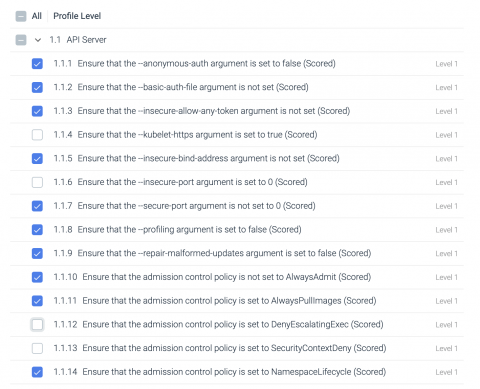How to Ensure Physical Security of Your Company's IT Infrastructure?
Physical security includes measures and precautions designed to guarantee the physical protection of IT assets such as facilities, equipment and other properties from damage and unauthorized physical access. Physical security aims to protect such assets from physical threats like theft, manmade catastrophes, accidental damage, fire and other natural disasters. It is an essential part of a security plan and is an indispensable component of all security efforts.











